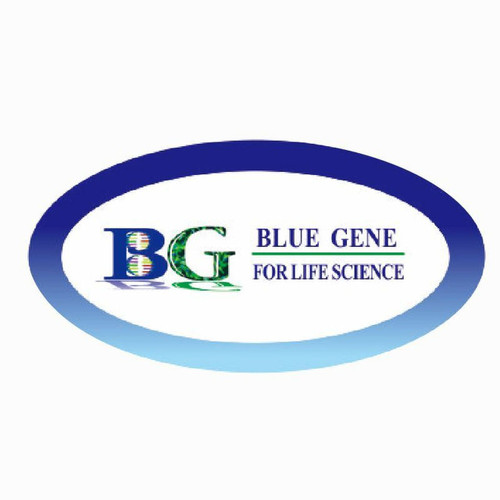Product Description
Mouse AT-rich interactive domain-containing protein 5A (ARID5A) ELISA Kit | AE61746MO | Abebio
Species Reactivity: Mouse (Mus musculus)
Abbreviation: ARID5A
Alternative Name: MRF-1; MRF1; RP11-363D14; AT rich interactive domain 5A|modulator recognition factor I
Application: ELISA
Range: 31.25-2000 pg/mL
Sensitivity: 15.5 pg/mL
Intra-Assay: ≤4.0%
Inter-Assay: ≤7.5%
Recovery: 1, 03
Sample Type: Serum, Plasma, Other biological fluids
Detection Method: Sandwich
Analysis Method : Quantitive
Test Principale: This assay employs a two-site sandwich ELISA to quantitate ARID5A in samples. An antibody specific for ARID5A has been pre-coated onto a microplate. Standards and samples are pipetted into the wells and anyARID5A present is bound by the immobilized antibody. After removing any unbound substances, a biotin-conjugated antibody specific for ARID5A is added to the wells. After washing, Streptavidin conjugated Horseradish Peroxidase (HRP) is added to the wells. Following a wash to remove any unbound avidin-enzyme reagent, a substrate solution is added to the wells and color develops in proportion to the amount of ARID5A bound in the initial step. The color development is stopped and the intensity of the color is measured.
Product Overview: Members of the ARID protein family, including ARID5A, have diverse functions but all appear to play important roles in development, tissue-specific gene expression, and regulation of cell growth. Gel mobility shift assays with nuclear extracts from undifferentiated and retinoic acid-treated human embryonal carcinoma and monocytic leukemia cells demonstrated that MRF1 binding was reduced in differentiated cells compared to untreated cells. Transient transfection assays showed that MRF1 repressed transcription of the human CMV major immediate-early gene; however, enhancer activity was restored by either deletion or mutation of MRF1 binding sites. Competitive DNA binding assays showed that MRF1 requires multiple AT stretches for DNA binding, rather than a specific DNA sequence.
Stability: The stability of ELISA kit is determined by the loss rate of activity. The loss rate of this kit is less than 5% within the expiration date under appropriate storage condition. The loss rate was determined by accelerated thermal degradation test. Keep the kit at 37°C for 4 and 7 days, and compare O.D.values of the kit kept at 37°C with that of at recommended temperature. (referring from China Biological Products Standard, which was calculated by the Arrhenius equation. For ELISA kit, 4 days storage at 37°C can be considered as 6 months at 2 - 8°C, which means 7 days at 37°C equaling 12 months at 2 - 8°C) .
 Euro
Euro
 USD
USD
 British Pound
British Pound
 NULL
NULL












